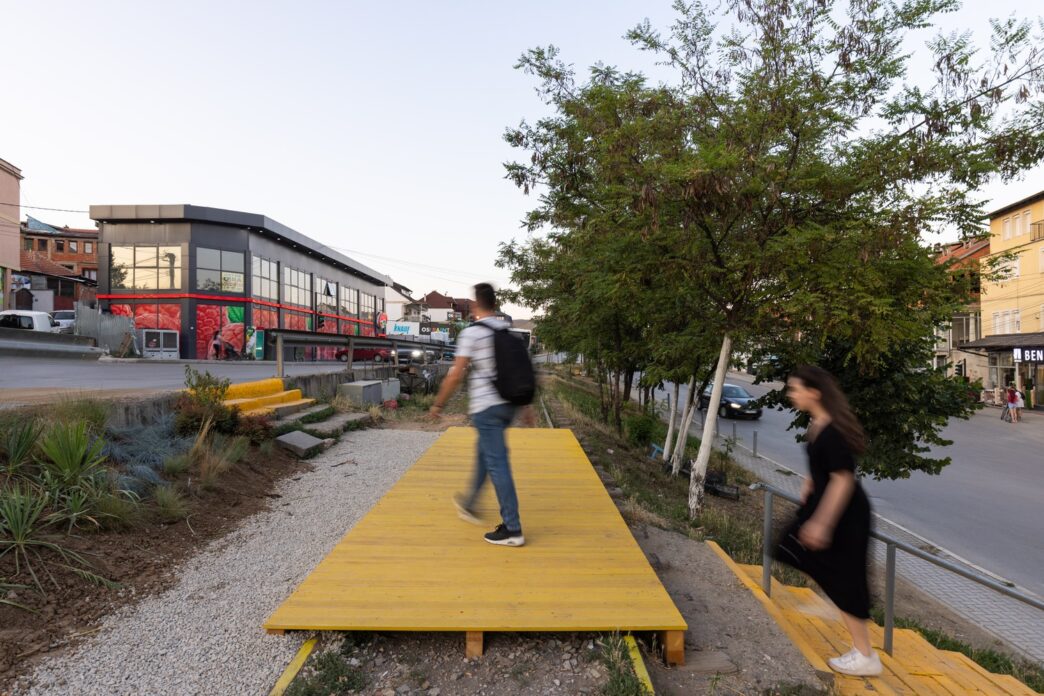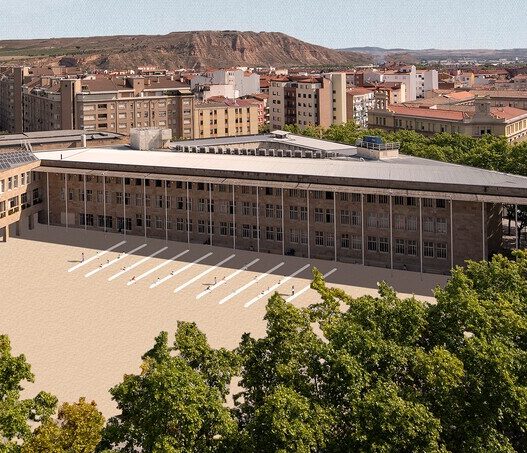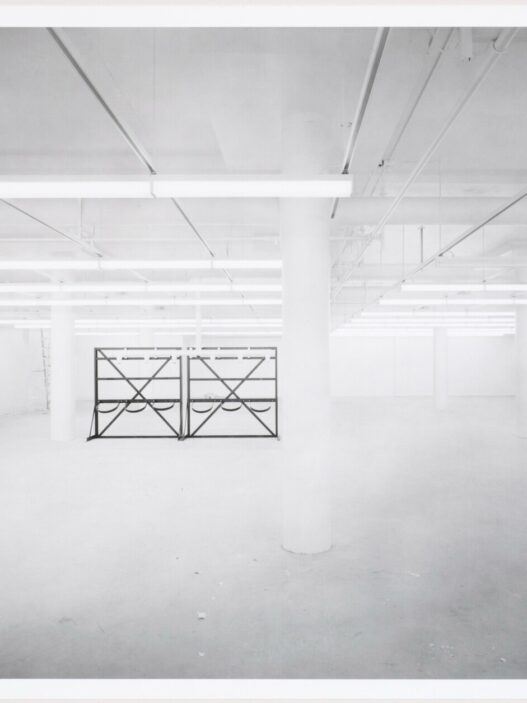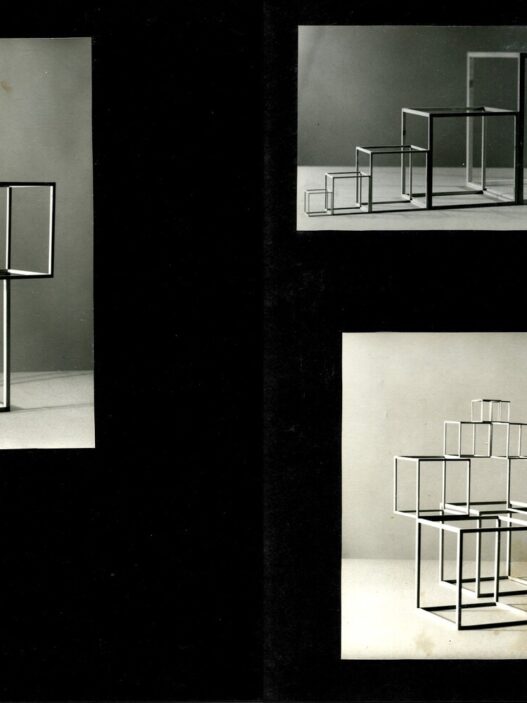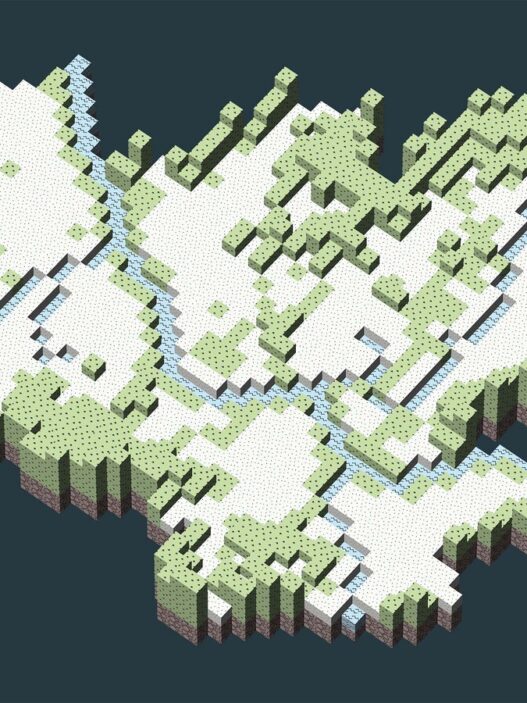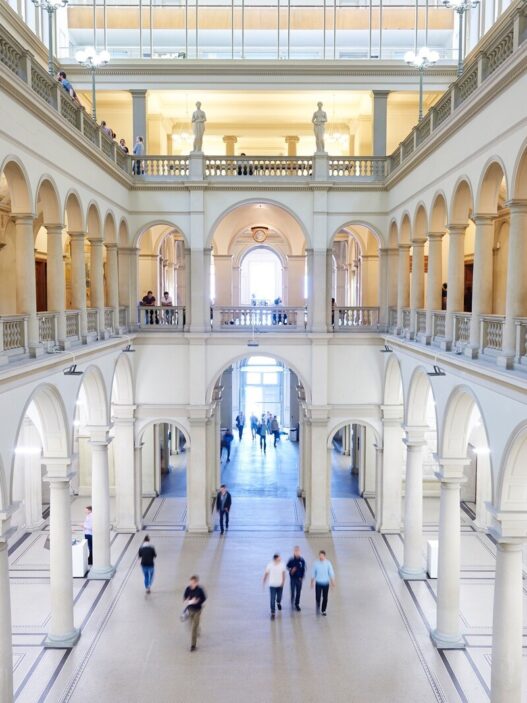Design and innovation office CRA – Carlo Ratti Associati unveils the result of its Urban Vision and Urban Program for Manifesta 14. The CRA project suggests a fresh approach to reclaiming urban public space. Beginning with a series of open-ended design interventions, it aims to develop feedback loops among citizens and encourage engagement in order to have a lasting impact on the built environment. Kosovo and its cities experienced a great deal of turmoil during the 20th century due to political upheaval and regime transitions. As a result, Prishtina now has a severe lack of public space, yet a sizable number of disgruntled citizens are keen to change this.
In response to this circumstance, CRA and Manifesta 14 proposed an experimental methodology to produce inclusive urban innovation. This useful “open-source urbanism” methodology is built on a number of short-term to long-term interventions created using a participatory methodology based on public input. CRA mapped the city in the initial stage to pinpoint areas with social and cultural significance. In this stage, the studio collaborated with the MIT Senseable City Lab to create a digital streetscape of the city using artificial intelligence analysis. In keeping with the open-source urbanism philosophy, researchers can request access to the relevant data.
Temporary renovations or interventions are set up in the second phase to show how the locations, many of which were previously in unsafe situations, can be reclaimed by and for the people of Prishtin. These are low-cost initiatives that are planned for a brief time yet have a speculative goal. The decision as to whether these initiatives should be made permanent, changed, or abandoned is up to the community to “vote with their feet.” Finally, in order to facilitate the city’s rapid evolution, evaluation sessions will be held.
Differently woven within Prishtina’s social fabric are other Urban Interventions that CRA completed back in 2021. For instance, the former Hivzi Sulejmani Library was transformed into the Centre for Narrative Practice after its exterior gates were removed from an unauthorized parking lot in June of last year. A temporary Eco Urban Learning Center was established in the former Brick Factory, which had previously been renovated into a “urban living room” to coincide with the Biennial.










